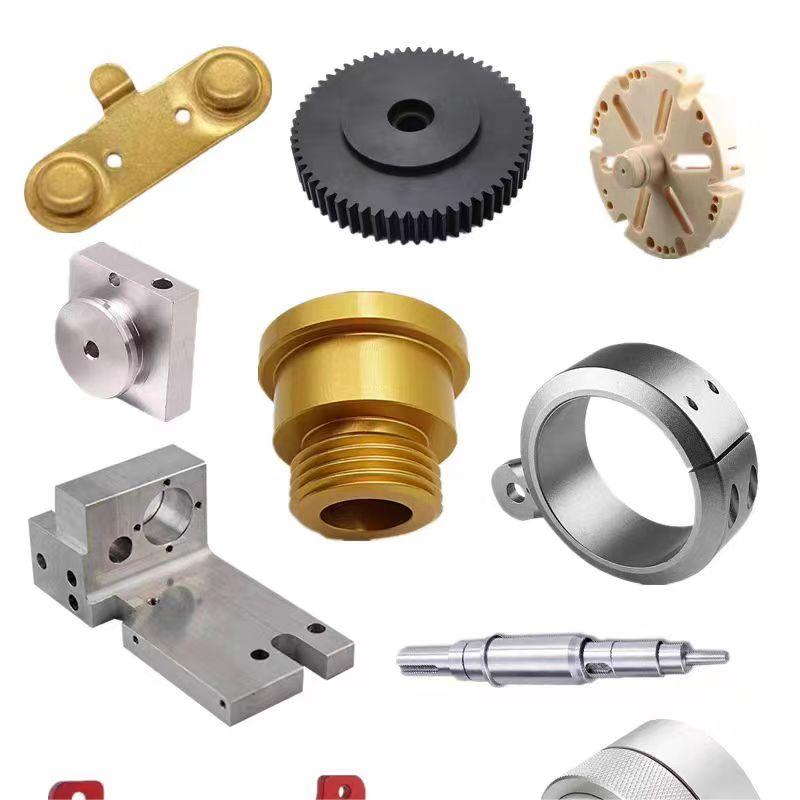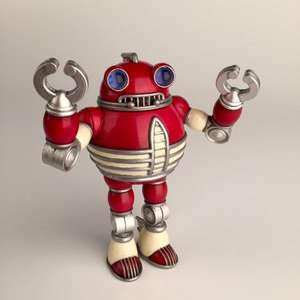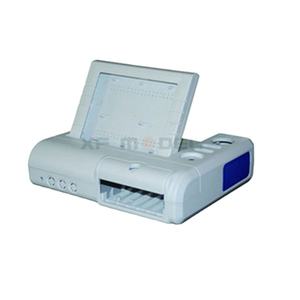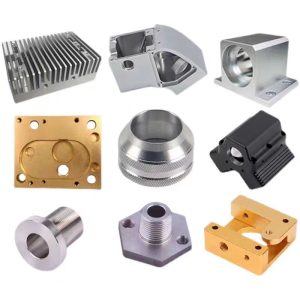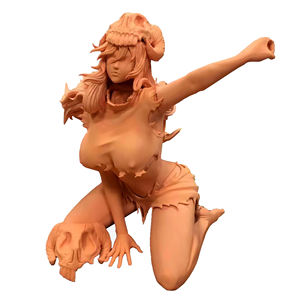Discover a professional 3D printing powder supplier
(Fine Tuning: Enhancing the Performance of Your 3D Printer)
“Tweaking Your 3D Printer: Small Changes, Big Results”
(Fine Tuning: Enhancing the Performance of Your 3D Printer)
3D printers are cool. They turn digital designs into real objects. But sometimes they act up. Prints warp. Layers shift. Nozzles clog. Frustrating, right? Good news—you don’t need magic to fix this. A few smart tweaks can turn your printer from finicky to fantastic. Let’s dive in.
Start with the basics. A wobbly printer makes messy prints. Check the frame. Tighten screws and belts. Loose parts cause vibrations. Vibrations lead to blobs and zits on your prints. Think of it like riding a bike with a loose wheel. Fix the wobble, and the ride smooths out.
Next, focus on the bed. A level bed is everything. Uneven beds cause first-layer nightmares. Use a piece of paper to test the gap between the nozzle and bed. Slide the paper under the nozzle. It should drag slightly. Adjust each corner until the drag feels the same everywhere. Repeat this often. Beds shift over time.
Temperature matters. Printing too hot? Filament oozes. Too cold? Layers don’t stick. Each filament has a sweet spot. PLA likes 190-220°C. PETG prefers 230-250°C. Experiment. Print a temperature tower to find the best setting. Watch how layers bond. Adjust until surfaces look smooth, not stringy or rough.
Speed impacts quality. Racing through a print saves time but risks mistakes. Slow down for tricky parts. Use slicer settings to adjust speed per layer. Outer walls? Go slow for sharp details. Infill? Speed it up. Balance is key. Think of it like driving—slow for curves, fast on straightaways.
Calibrate the extruder. This step is often skipped. Don’t skip it. The extruder pushes filament. If it’s off, you get under-extrusion or over-extrusion. Mark 100mm of filament. Tell the printer to feed 100mm. Measure what’s left. If it pushed 90mm, adjust the steps per millimeter in the settings. Simple math fixes big problems.
Upgrade parts. Sometimes stock components hold you back. A better nozzle improves precision. Flexible build plates make removing prints easier. Silent stepper motors reduce noise. You don’t need fancy upgrades. Focus on what solves your specific issues.
Maintenance keeps things running. Clean the nozzle regularly. Scrape off burnt filament. Lubricate rods and bearings. Dust gums up mechanics. Check for worn-out parts. A frayed belt or cracked gear can ruin prints. Replace them before they fail.
Test, test, test. Print calibration models. Benchy boats, cubes, towers—they highlight flaws. Adjust settings based on results. Keep notes. Track what works. Over time, you’ll spot patterns. Maybe your printer hates humidity. Or it needs a warmer room. Small fixes add up.
Share your wins. Join forums or groups. Learn from others. Someone else probably fixed the same issue. Swap tips. Celebrate progress. Even a tiny tweak can feel like unlocking a superpower.
(Fine Tuning: Enhancing the Performance of Your 3D Printer)
Patience pays off. Tuning a printer isn’t a one-time job. It’s a process. Each adjustment teaches you more about how your machine works. Embrace the tinkering. Soon, you’ll know your printer like the back of your hand—and it’ll reward you with prints that make you proud.Inquiry us if you want to want to know more, please feel free to contact us. (nanotrun@yahoo.com) hot tags: 3d printing,3D printiner,3d printing material
(Fine Tuning: Enhancing the Performance of Your 3D Printer)

